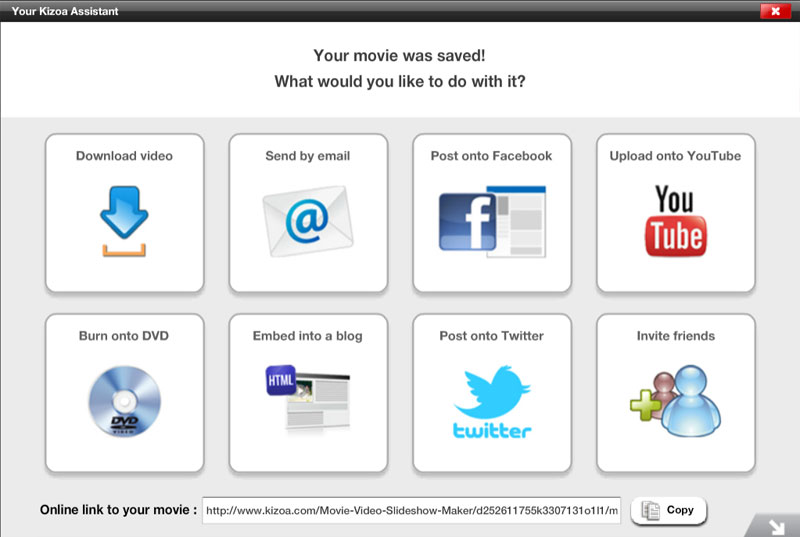
USING IMOVIE TO EDIT VIDEOS MOVIE
Project Library/Project/Trailer pane: iMovie displays the movie projects that you create in the Project Library pane. If you decide to include the clip, you can add it to your project. Event pane: If you select a video clip in the Event Library list, iMovie displays a thumbnail of the content in the Event pane.Event Library: This list (lower left) displays all the video clips you can add to your project, including video clips you’ve created in iPhoto.The selected items fill the right side of the browser pane below the monitor. Media Browser toolbar: This row of buttons allows you to switch between your media clips (video clips, photos, and audio) and the various tools that you use to make your film.Your video clips, still images, and finished movie play here.
USING IMOVIE TO EDIT VIDEOS TV
Monitor: Think of the monitor as being just like your TV or computer monitor.The controls and displays that you’ll use most often follow: You’re on your way! This is the whole enchilada, in one window. Why? For the same reason that studios create trailers when the filming is finished: After you complete your movie, all the clips will be imported already, and you’ll have a better idea of what you want to include while “teasing” your audience! Generally, however, it’s recommended that you create your trailer project after your movie project is complete. You can also create movie trailers in iMovie. Select the Automatically Add check box and click the pop-up menu to choose the desired effect. However, if you want to add transitions and titles manually, click the Automatically Add Transitions and Titles check box to deselect it.) If you decide not to use a theme (by selecting the None thumbnail), iMovie can still add an automatic effect between clips. If you choose a theme, iMovie automatically adds the transitions and titles that correspond to that theme. Click a Project Theme thumbnail to select a theme to apply to your finished movie.However, you can choose a slower frame rate if necessary, such as the 25-fps setting for the international PAL and SECAM video standards. The default frame rate is 30 frames per second (fps), which is normal for the North American NTSC video standard. On the flip side, choosing 4:3 results in pillar boxing (black bars on the left and right) when shown on an HD set.

If you’re shooting in 16:9 format, choosing 16:9 for an SDTV set will result in those familiar black letterbox bars at the top and bottom of the screen, but you won’t lose any content from the sides of the frame if you use 16:9. If compatibility with the familiar SDTV (standard definition TV) format is important, choose the standard (4:3) ratio. You can select a widescreen display (16:9), a standard display (4:3), or a display especially suited for an iPhone (3:2). Select the aspect ratio (or screen dimensions) for your movie.Choose File → New Project (or press cmd +N).

Follow the painstaking steps below to create a new movie project: (It looks like a star on the Hollywood Walk of Fame.) You can also run Launchpad and click the iMovie icon there.

To start iMovie, click the iMovie icon in the Dock. However, in iMovie, all the controls you need are easy to use and logically placeable. If the frame below the playhead isn’t representative of the rest of the clip, reposition the playhead and reapply the effect.If you have ever tried a professional-level video editing application on your MacBook, you may feel a headache. The color that iMovie removes is based on the dominant color in the frame at the position of the playhead when you choose Green/Blue Screen from the pop-up menu. Because the clips are connected, the two clips move together if you rearrange clips in the timeline. In the viewer, iMovie removes the green or blue from the green-screen clip to reveal the background clip behind your subject.
:max_bytes(150000):strip_icc()/iMOvievideoeffects-5806b9573df78cbc2845ee4e.jpg)
With your project open, add the background video clip or still image to the timeline.


 0 kommentar(er)
0 kommentar(er)
